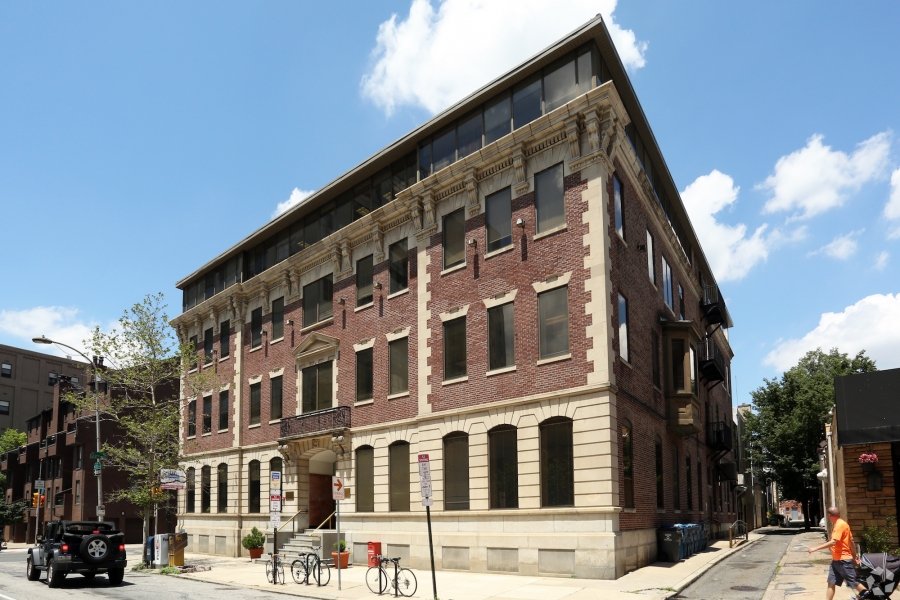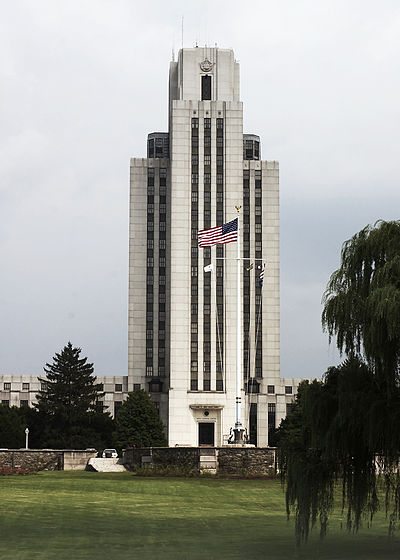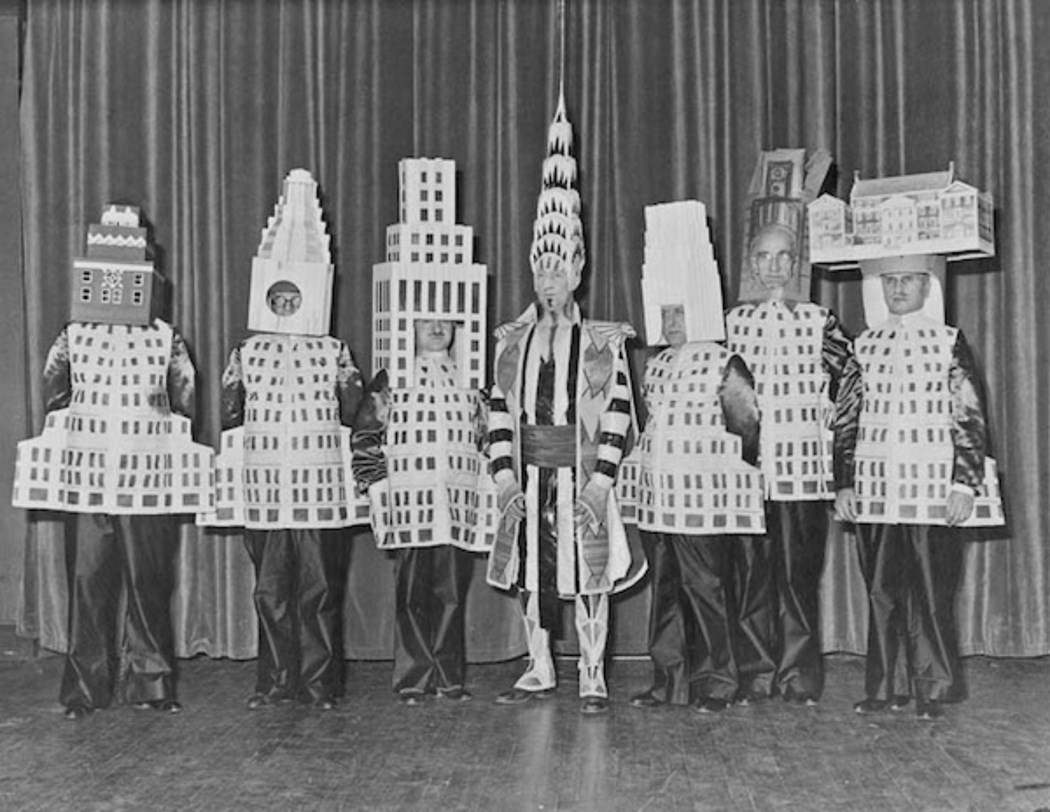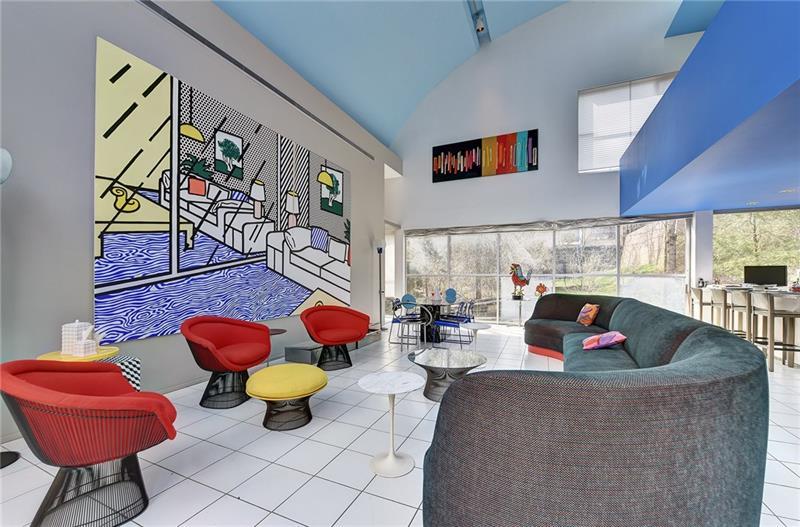PARISIAN PUZZLE
Every time I leave the Larkin Building in downtown Philadelphia, where we live, I admire the office building across the street. It’s a French Renaissance pile, three stories on top of a half basement, with an obviously more recent top floor addition. The original building, very handsome, is brick with limestone and marble trim. The raised entrance is surmounted by a wrought iron papal balcony. I’ve looked inside and there is a glass-roofed atrium in the middle. I’m impressed, but also puzzled. The building looks at least a hundred years old, and when it was built this was an industrial neighborhood with a scattering of modest Philadelphia row-houses.








